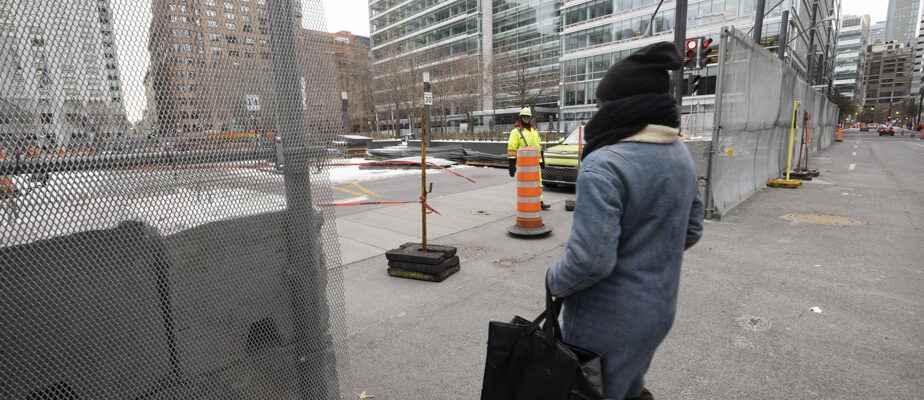A few days before the start of the major obstacles linked to the coming of COP15 in the metropolis, merchants, institutions and residents do not hide their concerns. All week, some have expressed their fears of seeing the already fragile traffic in the downtown area being severely affected.
It must be said that the high security fences, which have been installed all around the Palais des Congrès, could remain in place until mid-January, a month after the end of the international event. Access to the city center will thus be severely hampered during the Holidays, especially around Place Jean-Paul-Riopelle, condemned throughout this period.
“I have no idea if we’re going to get out of it, but unfortunately, that’s kind of the reality of the restaurant business,” remarked the owner of the Café du Parquet, Lucio Daddario, in an interview with The Press last Wednesday.
Other players, such as the CPE Le Petit Palais, rue Viger, have asked for more security from the Ministry of the Family. Even the Center hospitalier de l’Université de Montréal (CHUM) is preparing for “all eventualities” for COP15, including the “worst-case scenario”. Certain accesses to the hospital will be reviewed and, in the event of an emergency, care corridors and ambulance diversion plans are in place. Additional security guards have also been hired in recent days.
In addition to the Place-d’Armes metro station, which will be completely closed from 1er on December 20, the pedestrian tunnel from the Champ-de-Mars metro to the CHUM will also be inaccessible, but access to the hospital via the Sanguinet and Saint-Denis axes will remain open.
The wide fences will also cut off one traffic lane in each of the streets surrounding the meeting place, including the Viger, Saint-Urbain, Saint-Antoine axes, as well as Place Jean-Paul-Riopelle. In addition, several anti-capitalist and environmentalist demonstrations are planned between December 7 and 10.
What will the STM’s budget look like?
It is Monday, 24 hours before the municipal administration, that the Société de transport de Montréal (STM) will present its 2023 annual budget. of the general manager, Marie-Claude Léonard.
Earlier this week, heated debates took place following the broadcast of an internal notice obtained by Radio-Canada, according to which a reduction in service of 3.7% for buses and 4.8% for the metro is envisaged. to absorb the STM’s financial losses.
The Press was able to confirm that this hypothesis is being studied, but that it is not yet a budgetary orientation. The goal would be to absorb the declines in traffic, since only 75% of users are back in public transport in Greater Montreal. The STM has also indicated that its budget “is not yet tied up”, the Company being “still in discussion with its donors”, but above all “aware of the importance of offering an attractive service offer”. .
One thing is already known: the use of public transit will be free for people aged 65 and over in Montreal as of July 2023. The Plante administration, which made it an election commitment last fall, will spend $40 million annually to get there.
This all comes at a time when the punctuality rate for STM buses has never been so low since 2019. Only 76% of Montreal buses arrived on time in the territory last September, performance indicators show. of the transportation company.
On the active transportation side, BIXI’s popularity continues to grow: the bike-sharing service recorded a 55% increase in use during the season that just ended, which has also increased the number of its members by 30%. Both are new highs.
Our weekly newsletter will help you find your way through the obstacles and road maze of Greater Montreal.
